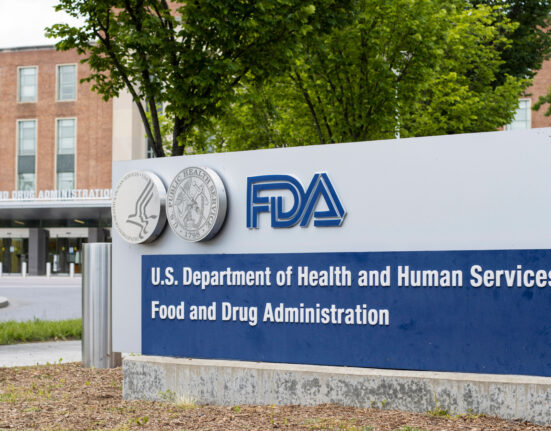Updated results from a phase 1/2 trial of bexmarilimab plus azacitidine continue to support the efficacy of the combination in treatment-naïve patients with higher-risk myelodysplastic syndromes (HR-MDS), according to an oral presentation at the 2025 European Society for Medical Oncology Congress.
The findings come from the BEXMAB study, which is evaluating the therapeutic regimen in a patient population with limited treatment options. Among the most notable updates was a statistically significant correlation (P=0.0006) between bexmarilimab’s mechanism of action and positive clinical response in patients.
This correlation was particularly striking in the subgroup of treatment-naïve patients with <5% bone marrow blasts at baseline (38% of the cohort), In these patients, deeper target engagement translated to a 100% overall response rate (ORR), according to a press release published by Faron Pharmaceuticals, the manufacturer of the therapy.
Bexmarilimab, a macrophage checkpoint inhibitor, works by targeting Clever-1, a receptor found on macrophages in the bone marrow, reprogramming them from an immunosuppressive to an immune-activating state, allowing the immune system to better target malignant cells.
The updated data presented at ESMO 2025 reinforce the efficacy previously observed for the bexmarilimab and azacitidine combination.
In 20 evaluable treatment-naïve patients, the study confirmed an 85% ORR and a 45% complete remission rate. These high response rates were seen in a difficult-to-treat population, with more than two-thirds of patients classified as high or very high-risk at baseline. The combination also showed robust activity in patients with high-risk mutations such as TP53, achieving an ORR of 78%.
In the relapsed or refractory HMA-failed population (n=32), the combination achieved a 63% ORR and a median overall survival of 13.4 months. Nearly one-third of these patients (31%) had received prior therapy with the BCL-2 inhibitor venetoclax. About 23% of all patients in the BEXMAB study were successfully bridged to a potentially curative stem cell transplant.
“The BEXMAB data are encouraging, and the new biomarker analysis provides a clear pharmacodynamic rationale for bexmarilimab’s clinical activity. The direct correlation between how deeply we engage the Clever-1 target in the bone marrow and a patient’s clinical response reinforces the drug’s mechanism. The 100% ORR in patients with low blast counts suggest that this therapy may help in a population where current investigational treatments, including Bcl-2 inhibitors, have significant limitations,” according to the presenter Miko Kontro, MD, PhD, an associate professor in the Department of Hematology at the University of Helsinki and Helsinki University Hospital Comprehensive Cancer.
Funding was provided by Faron Pharmaceuticals.
Reference
Zeidan A, Stein A, Mickos Jesper. Macrophage reprogrammer bexmarilimab plus azacitidine in myelodysplastic syndrome: PK/PD and biomarker results from the phase I/II BEXMAB study. Abstract 1249MO. Presented at 2025 European Society for Medical Oncology Congress. October 17–21; Berlin, Germany.






